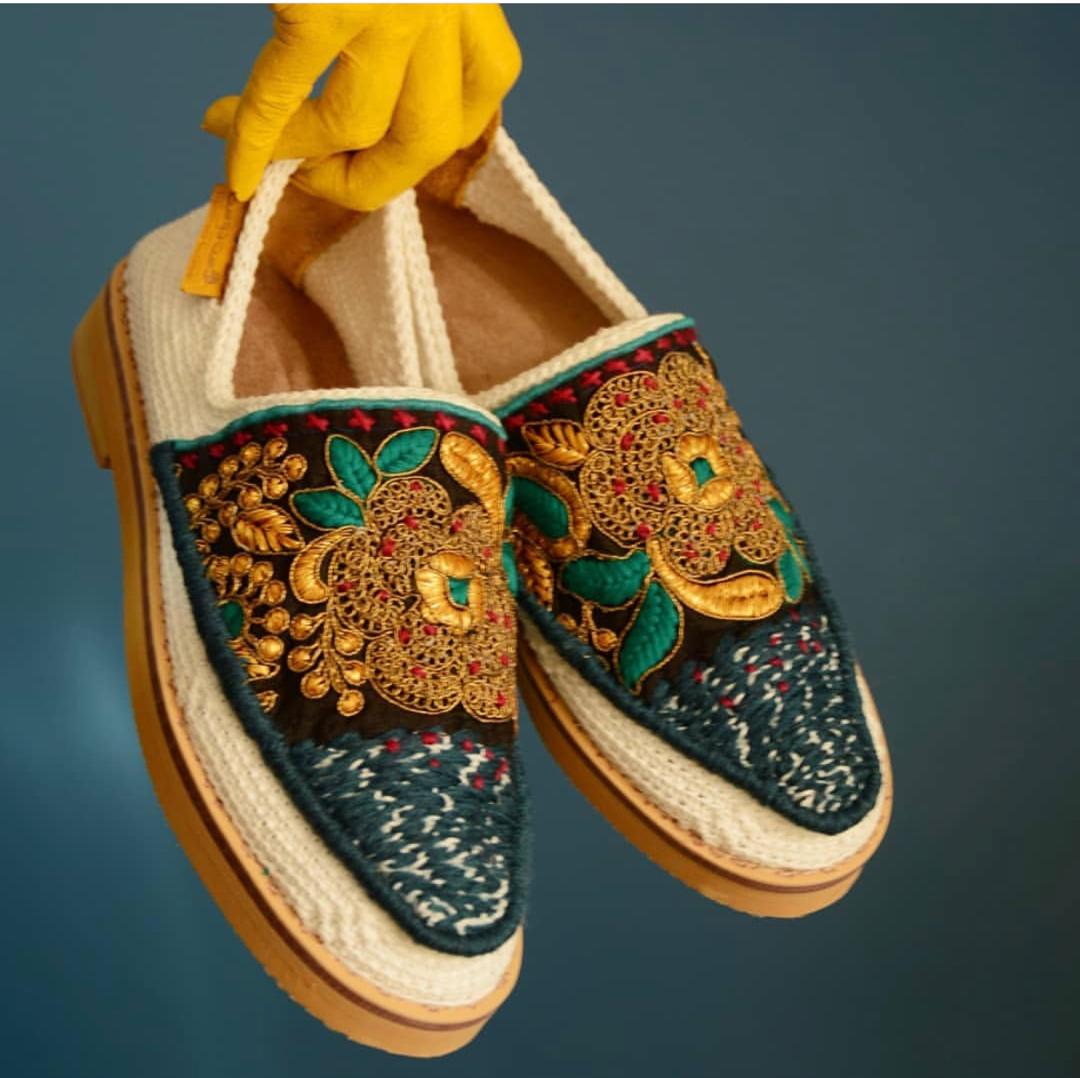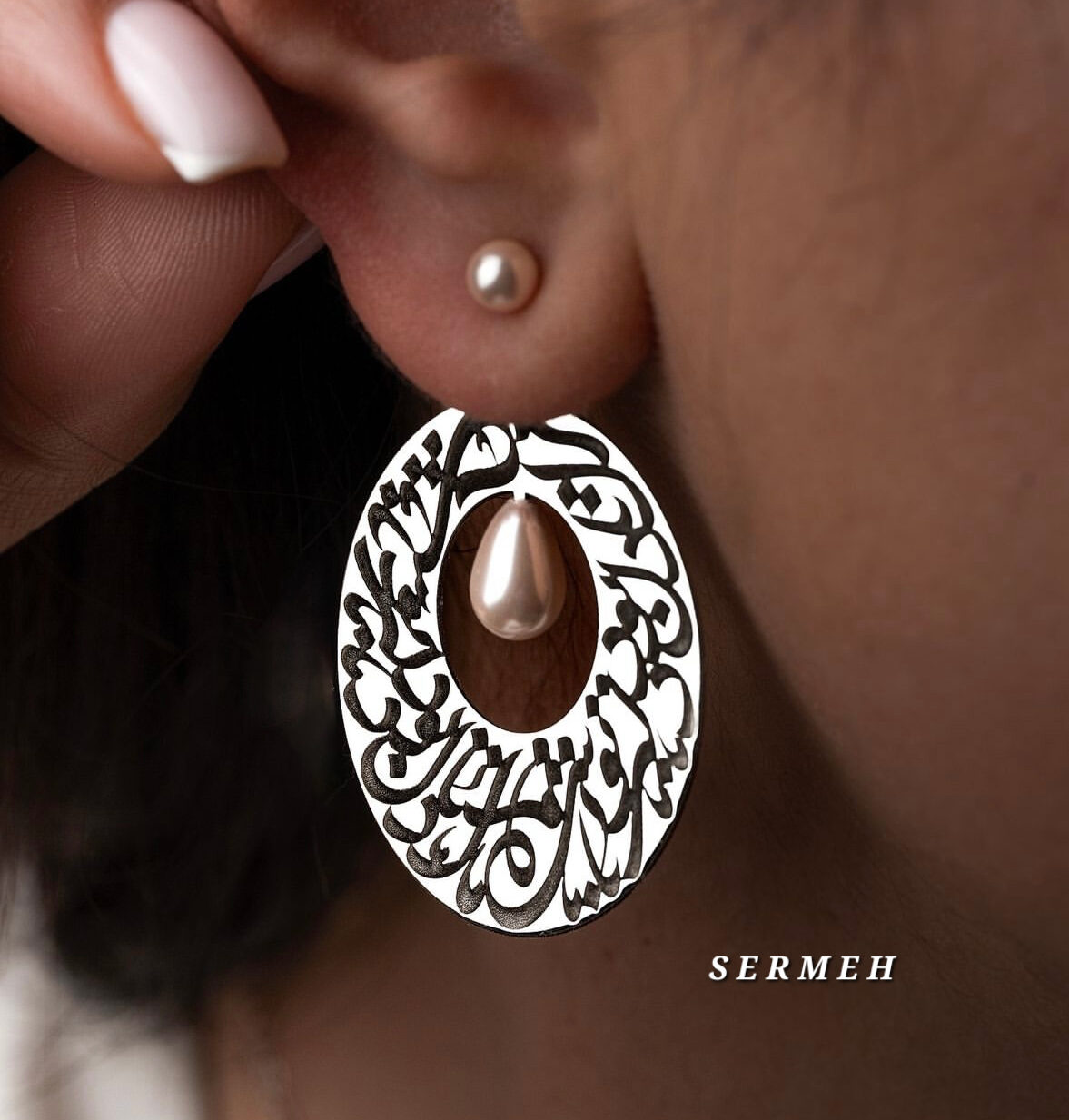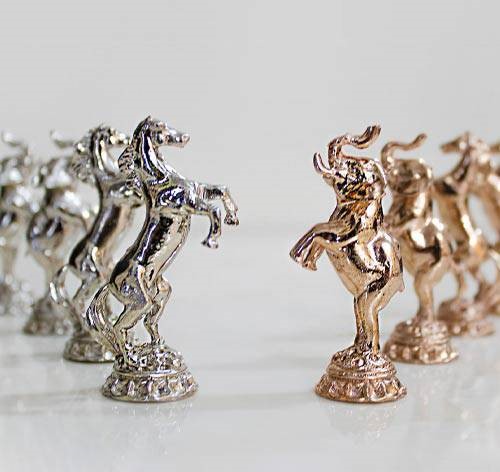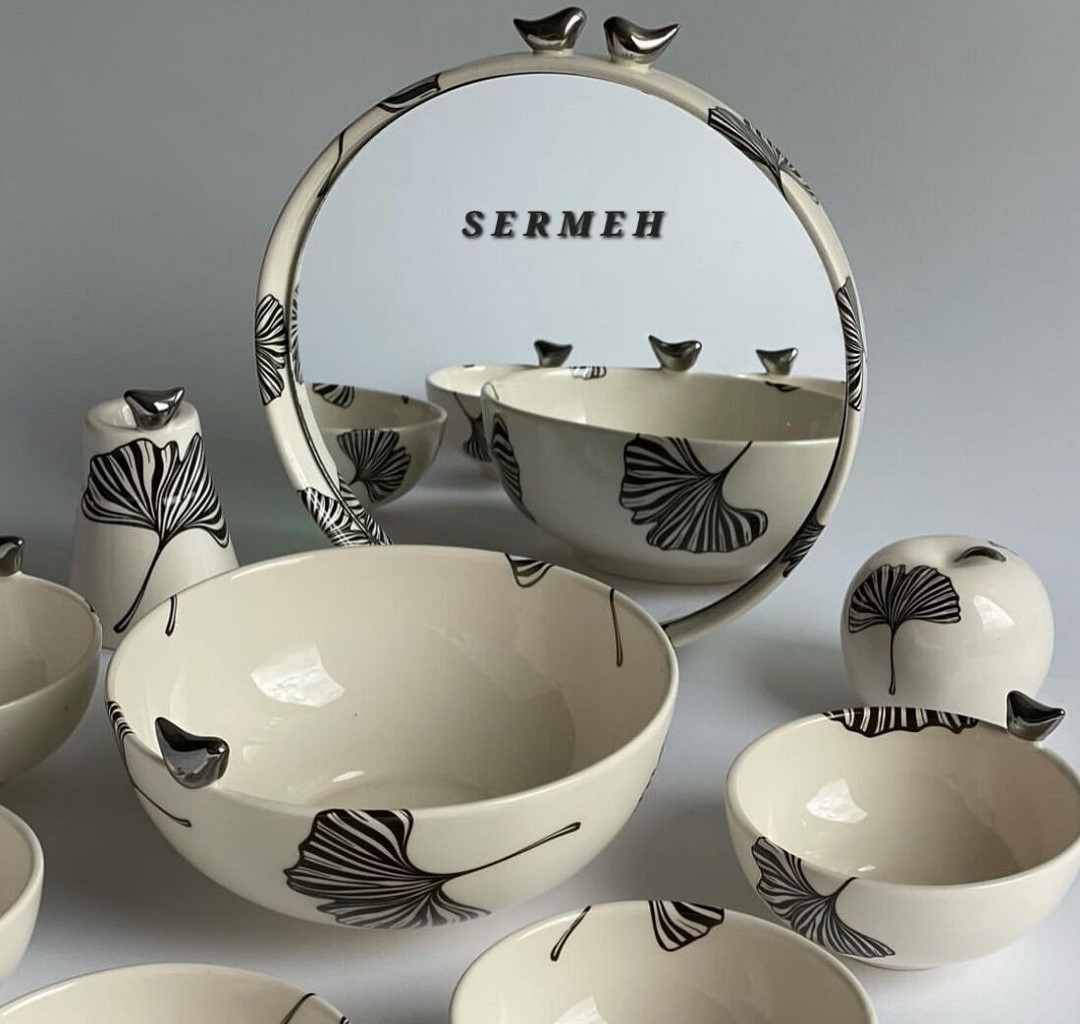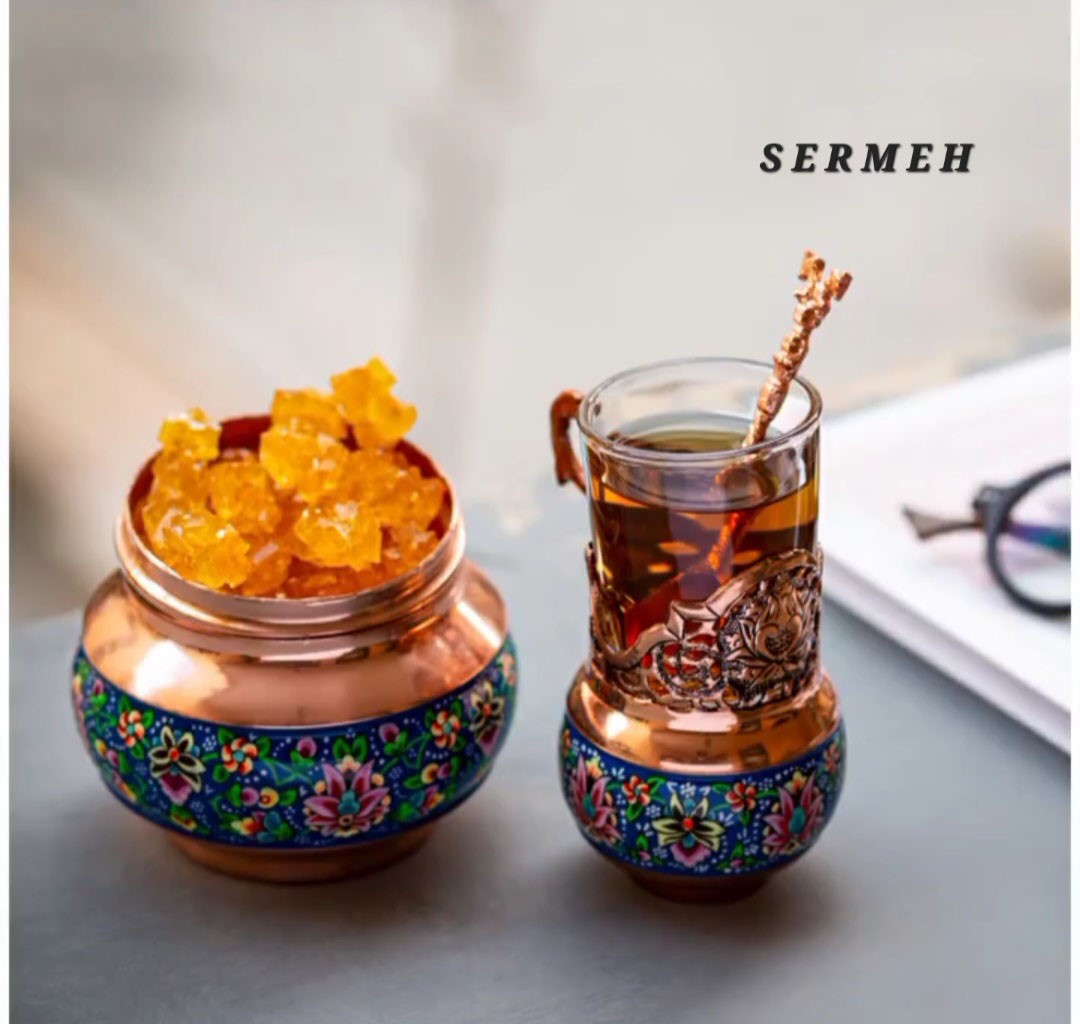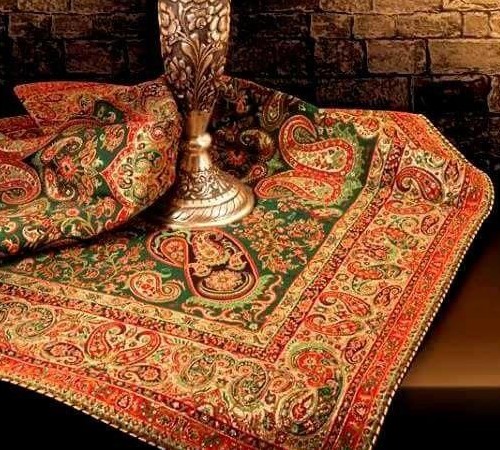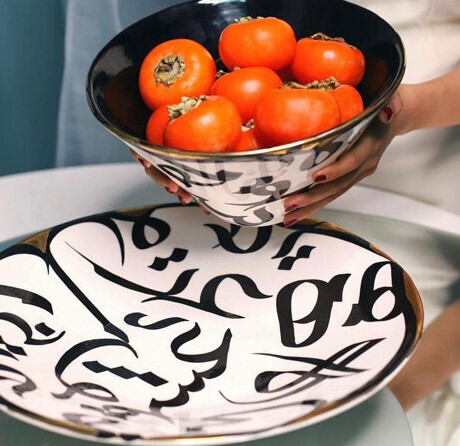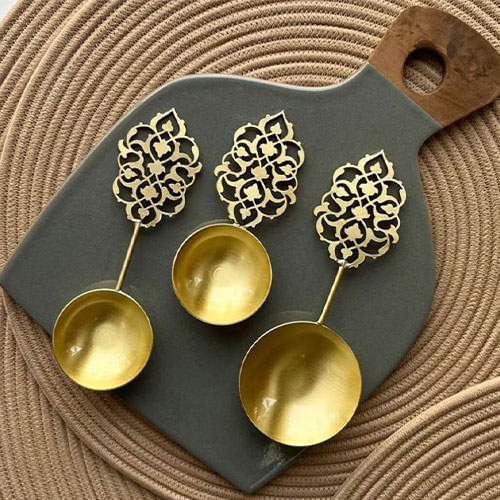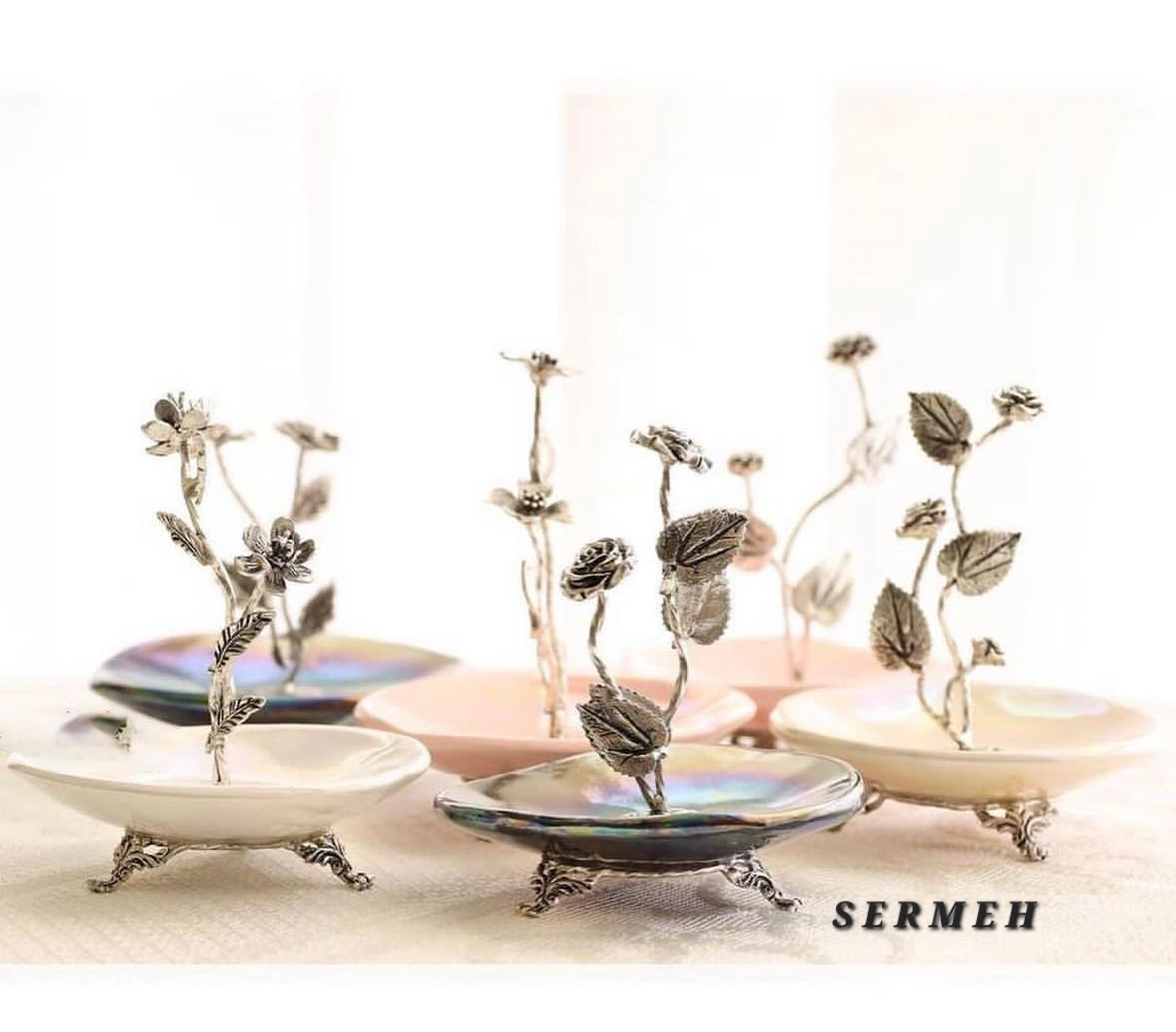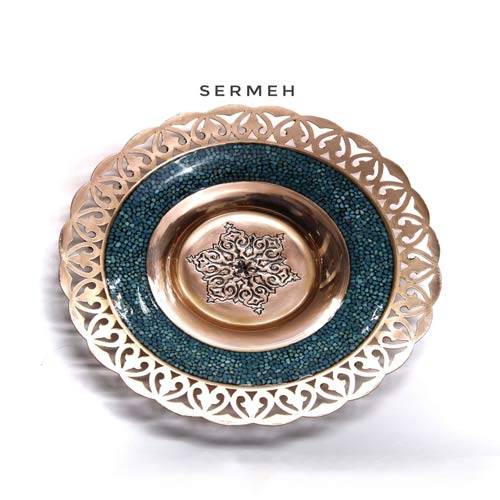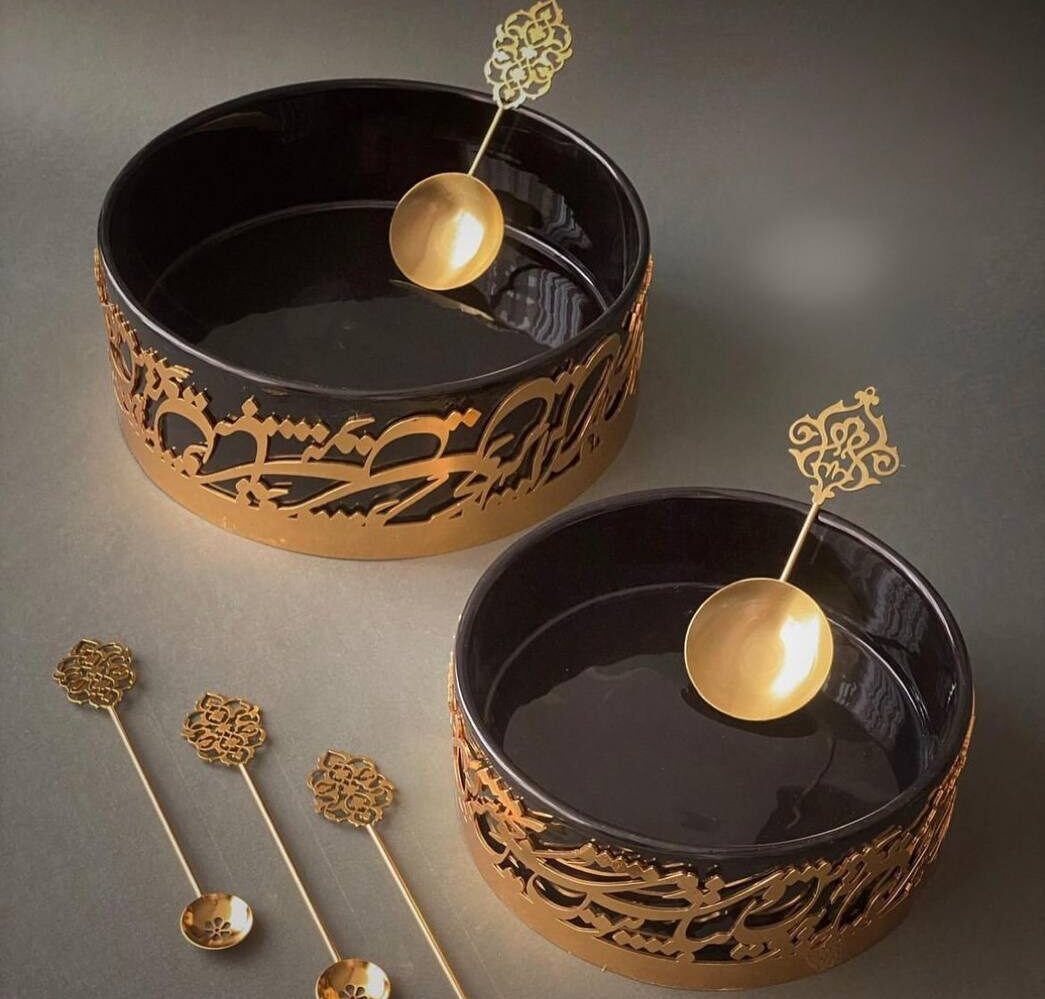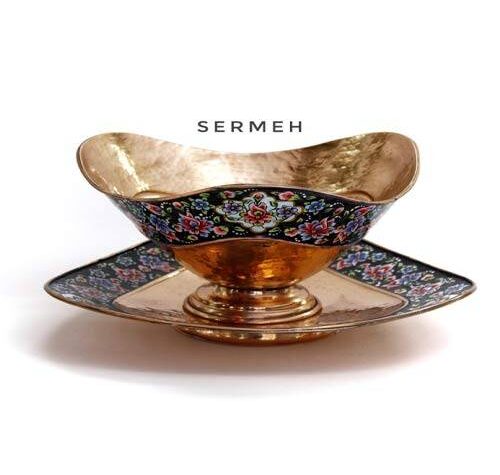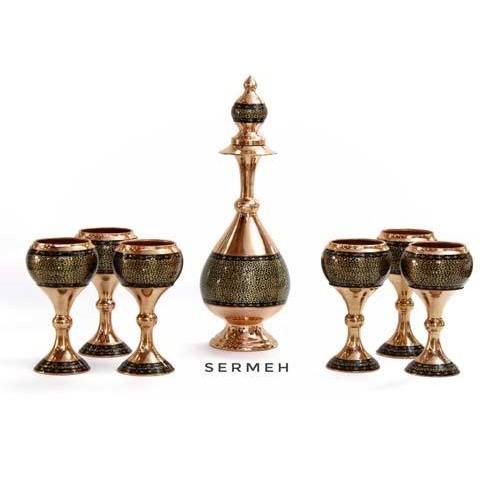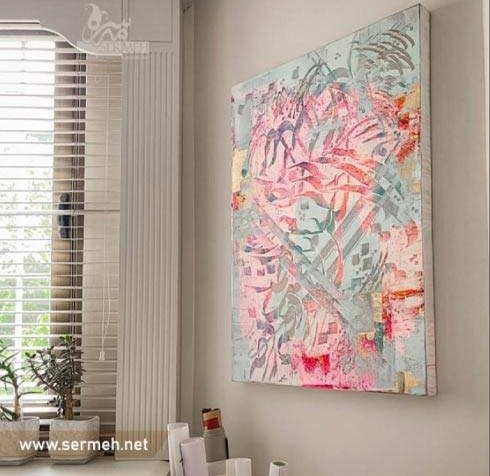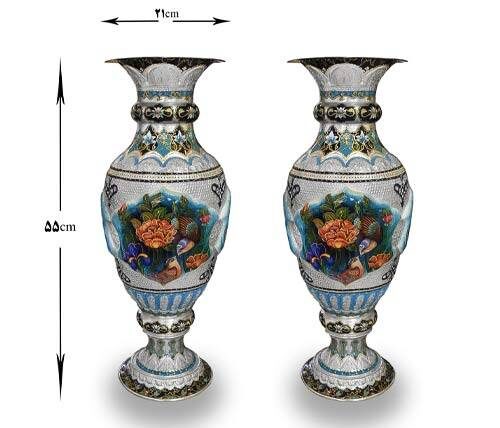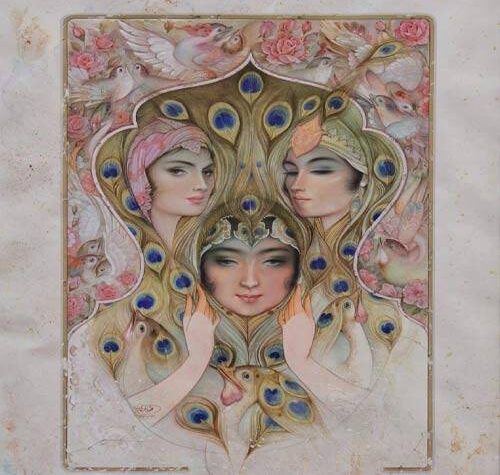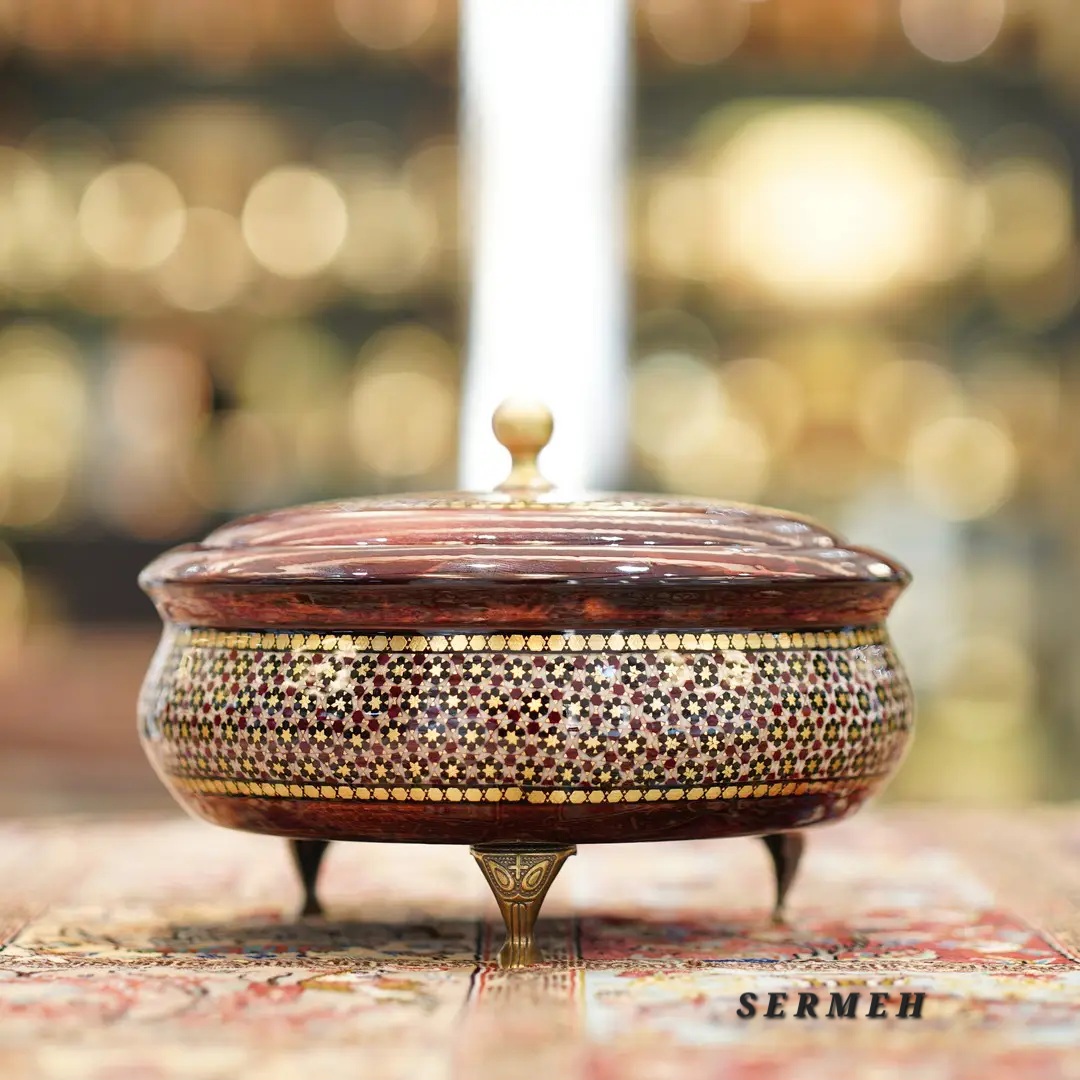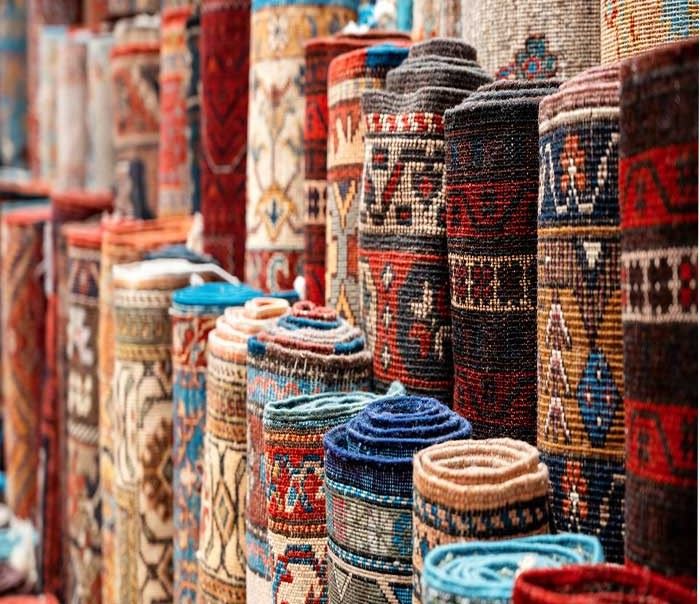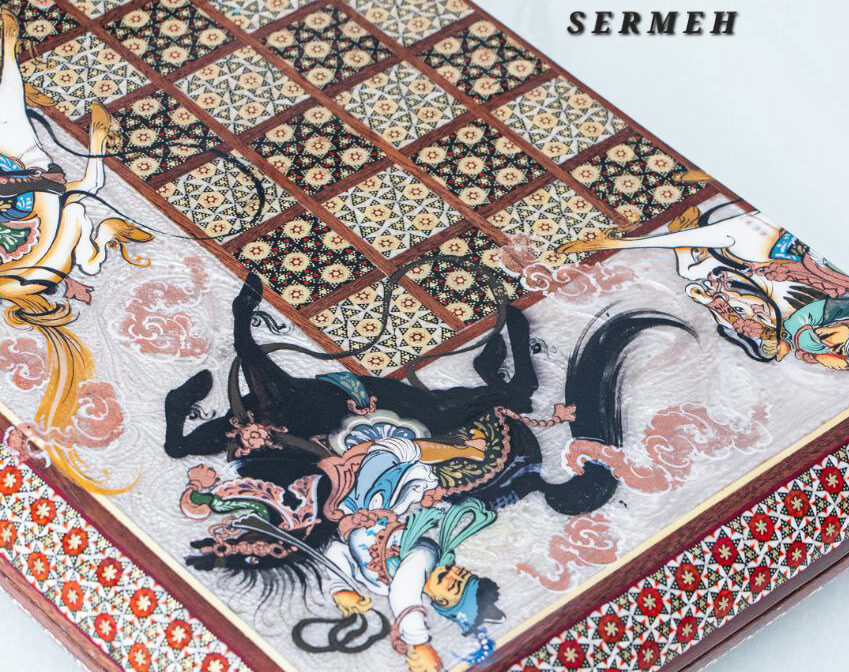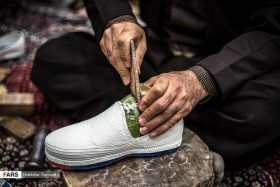Iranian Handicraft
Iranian Handicrafts: The identity of any country can be found in the context of the culture and history of that ancient civilization, and this identity is part of an ancient story of the connections between the arts and civilization of the people of that region. Iran, having a deep and deep civilization, One of the founders of cultural and historical civilization is considered among all the countries of the world.
*Buy online Persian handicrafts*
 handicraft
handicraft
artwork among the works of art, despite the different cultures throughout Iran, we are witnessing different works, one of the most recent of these works of art, handicraft art, which brings up the appearance of ethnic and national culture. In this article, we are going to get acquainted with a selection of the best works of Persian handicrafts that have a worldwide reputation.
What is Iranian Handicraft?
In general, handicrafts can be considered ”
using the art of the hands of people through the primary means and indigenous materials that produce the art industry.”
The distinction of handicrafts is incalculable with a variety of contemporary products, these handicrafts are not only different in terms of the production process with other products, but also give a different attitude to the enthusiasts of this art.
However, the distinction of these industries with today’s products is not summarized in the production process. Other affairs, such as the culture specific to that art, and the way of thinking and cultural history of the area in which these handicrafts are also produced, so that handicrafts are not as a commodity but as an exchange of National and cultural value.
Craft features
Iranian Handicraft: Creating or Producing Indigenous Raw Materials The application of cultural principles
and the creation of indigenous and national cultural imagery Value for money compared to other products Ability to create production expansion basins in similar indigenous areas The ability to transfer the production process through the family or the principles of cultural transfer of that region, such as student and professor.
handicraft

Almost all the artisan techniques that are practiced today are hundreds or thousands of years old. Crafts formed the basis of the urban economy in Europe until the Industrial Revolution, in the 19th century. However, the craftsmen practically disappeared with the birth of mass production. As a reaction to the effects of industrialization, the Arts and Crafts movement was created in England at the end of the 19th century, led by the designer and social reformer William Morris. The great interest that craftsmanship arouses today in the Western world has its origin to a great extent in this movement.
craftsmanship
In many parts of the world, craftsmanship continues to be practiced as it was centuries ago.
Such is the case of Chinese basketry, Indonesian batik, and Spanish bobbin lace.
In the south of the Appalachians, in the United States, basketry and weavings are made today with the same techniques used by the original inhabitants of this region. The great majority of the countries of Latin America are great artisan creators. This is explained by the high rates of unemployment produced, in many cases, by the exodus of the rural population to large cities. The variety of products is practically unabated,
although in broad strokes can be summarized in:
Textiles: fabrics with waist looms and wooden looms, embroidery, garments, sweaters (sweaters), blankets, ponchos, and hats.
Leather goods: footwear, handbags, belts, wallets, purses.
Metal: silver, copper, lead, tin, pewter Glass.
Plastic. Ceramics. Wood. Jewelry Gastronomy.
Ethnological museums
Ethnological museums In the ethnological museums of the whole world
there are examples of Indigenous crafts to document the development of the different cultures;
archaeological museums also include in their collections samples of popular craftsmanship to illustrate the contrast with formal art.
Likewise, museums of arts and popular traditions have been created to preserve these samples.

